Chronosequences
[If a picture is too small to see properly, click on it, then click again to reduce it!]
A chronosequences is a series of forest sites of increasing age representing the typical development of a forest type. Soil types and local climatic conditions are matched as far as possible, in order to allow measurements of the ecosystem carbon budget to be taken during one year, but to represent a whole rotation/lifecycle from plantation to felling.
CARBiFOR hope to make measurements across three chronosequences:
- A. Sitka spruce on mineral soil (ongoing)
- B. Ash on mineral soil (these sites were sampled throughout 2010)
- C. Sitka spruce on peat soil (this series of sites are being sampled during 2011)
A. Sitka spruce on mineral soil
CARBiFOR have been monitoring a chronosequence of Sitka spruce planted in a mineral soil in Co. Laois. Measurements, such as biomass sampling of the tree crop and ground vegetation layer, soil CO2, CH4 and N2O fluxes, overall ecosystem fluxes using eddy covariance sampling, and soil carbon stock determination, have been carried out at most of the chronosequence sites. This will provide data to understand the changes to a site’s carbon budget following afforestation, and how the changes are affected by forest age. The following are some of the sites used in the Sitka chronosequence.
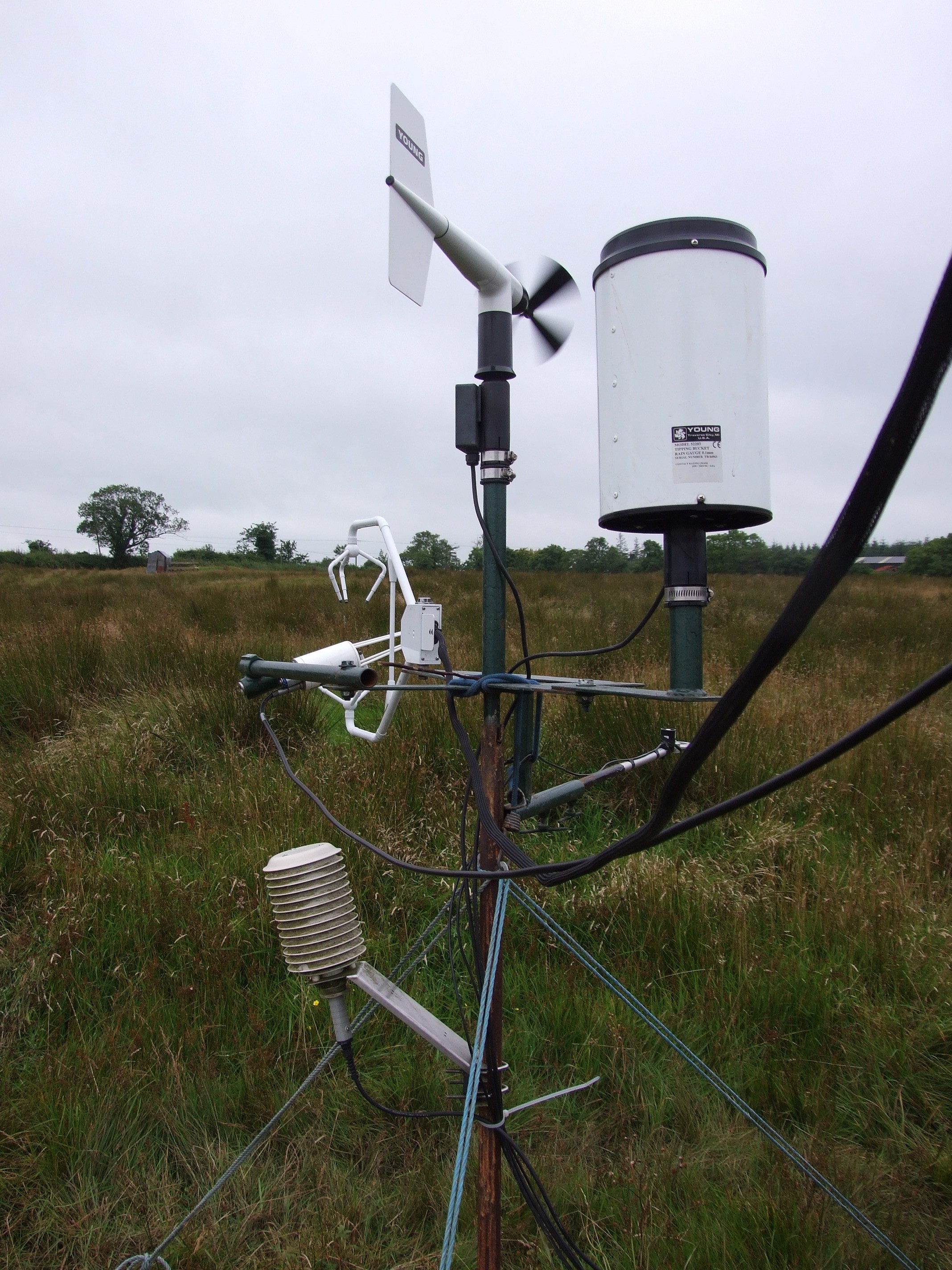
|
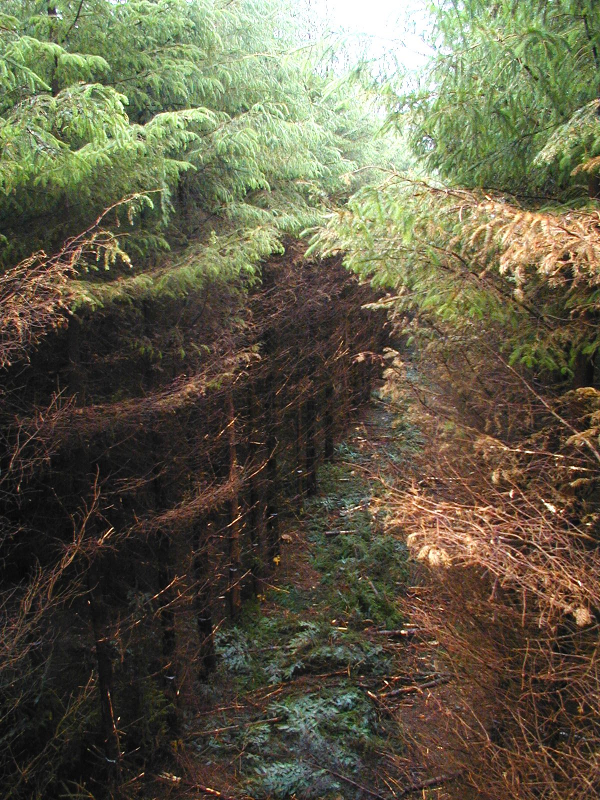
|
| 1. Grassland before afforestation. | 3. Permanent tower stand at 19 years. |
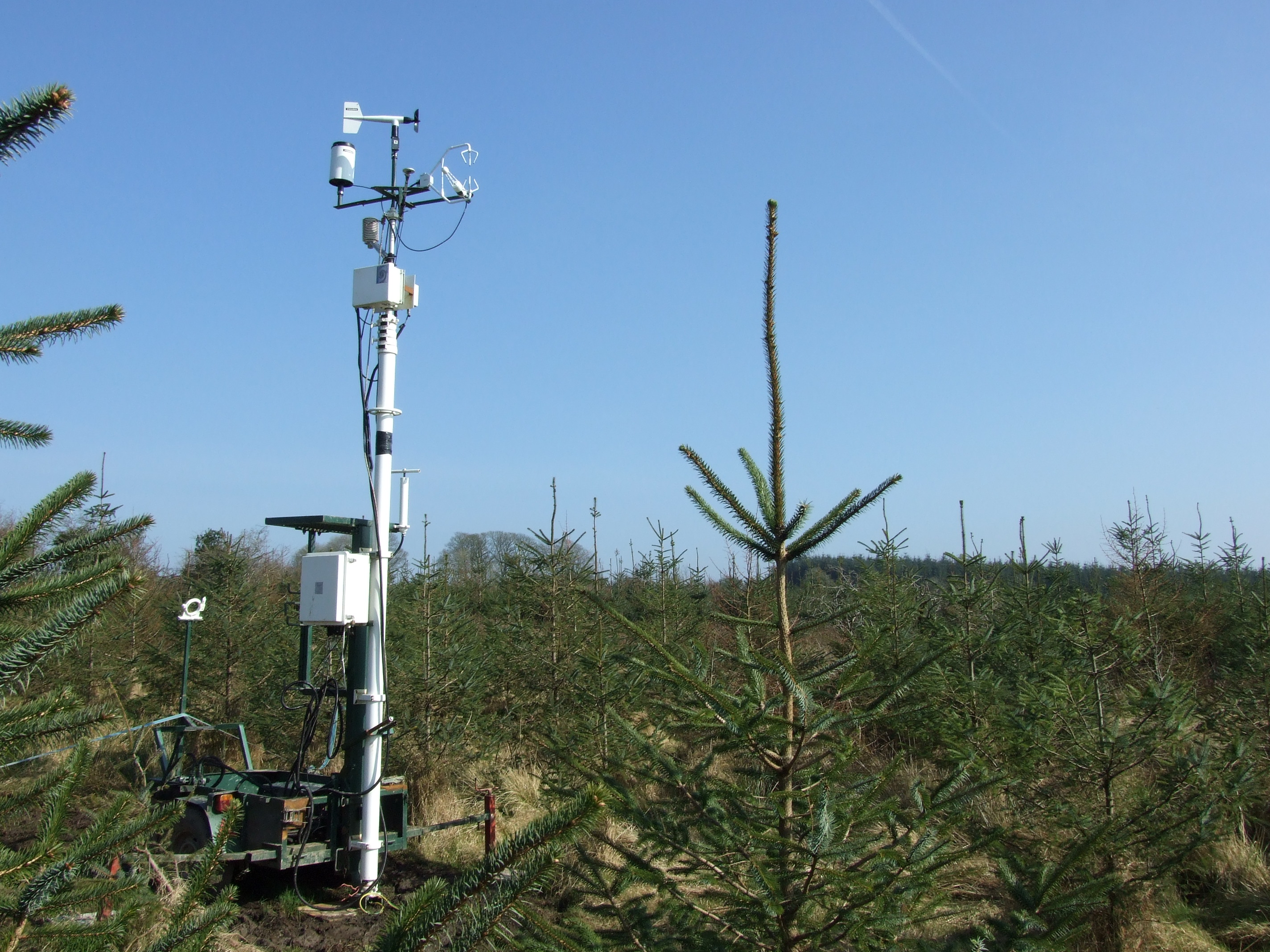
|
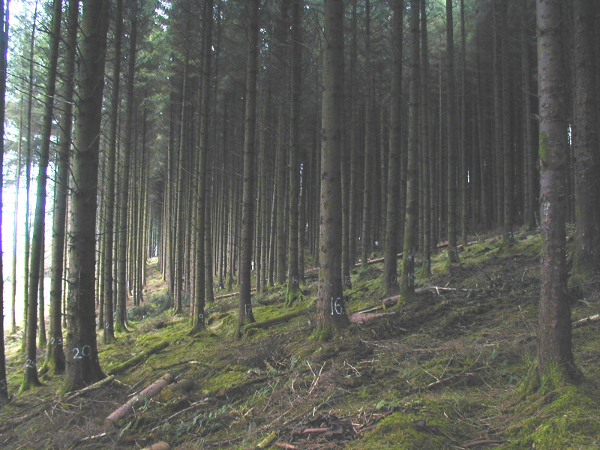
|
| 2. 6-year-old Sitka plantation. | 4. Mature stand aged 44 years. |

Biomass increment across the Sitka spruce chronosequence at Dooary, Co Laois. Stock estimates were generated from stand surveys (on some sites since 2005) and the increment calculated as the difference between one year and the preceding one. Although thinning operations took place in years 18 and 20, the amount removed was added back to make stand productivity comparable with years where there was no thinning.

Aboveground CWD stocks across a series of older Sitka sites. Belowground dead roots are not included.

Net Ecosystem Productivity in 2009 of a Sitka spruce chronosequence, ranging from a semi-natural grassland (pre-afforestation) through to a 21-year old stand.
B. Ash on mineral soil
CARBiFOR have begun to rove the mobile eddy covariance system over an ash chronosequence in Co. Offaly. The mobile mast will be moved weekly between the first three sites throughout 2010. Tree and ground vegetation biomass will be sampled at all sites (including some additional sites for tree biomass). Similarly to the Sitka chronosequence, a full carbon budget will be estimated for these sites to allow a comaprison between the net site assimilation (as measured by eddy covariance above the canopy) and the constituent biomass / soil stock changes and gas (CO2, CH4 & N2O) fluxs (as measured by inventories and regular weekly measurements of soil respiration).
|
|
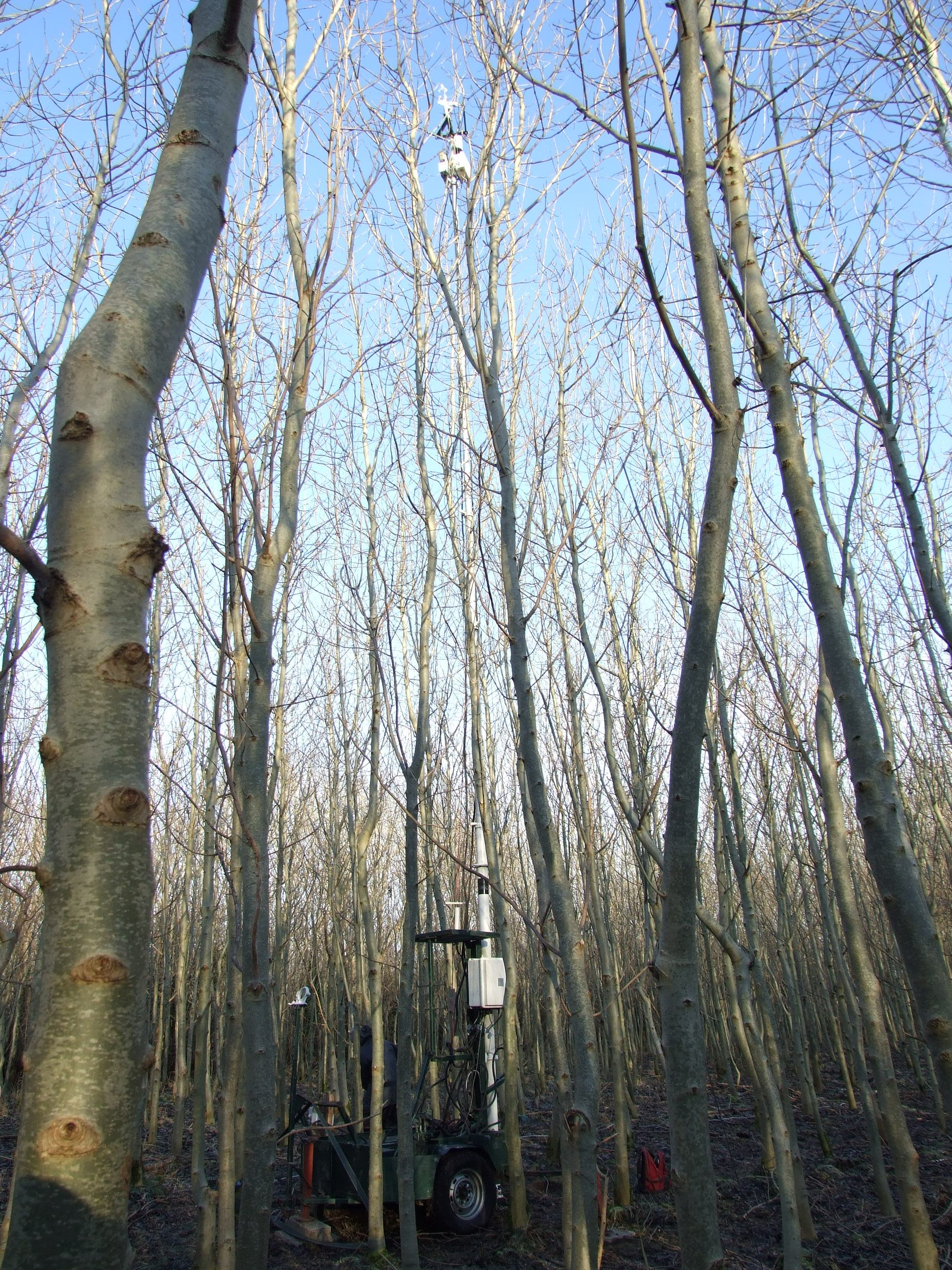
|
| 1. Grassland before afforestation. | 3. 12-year-old ash. |
|
|
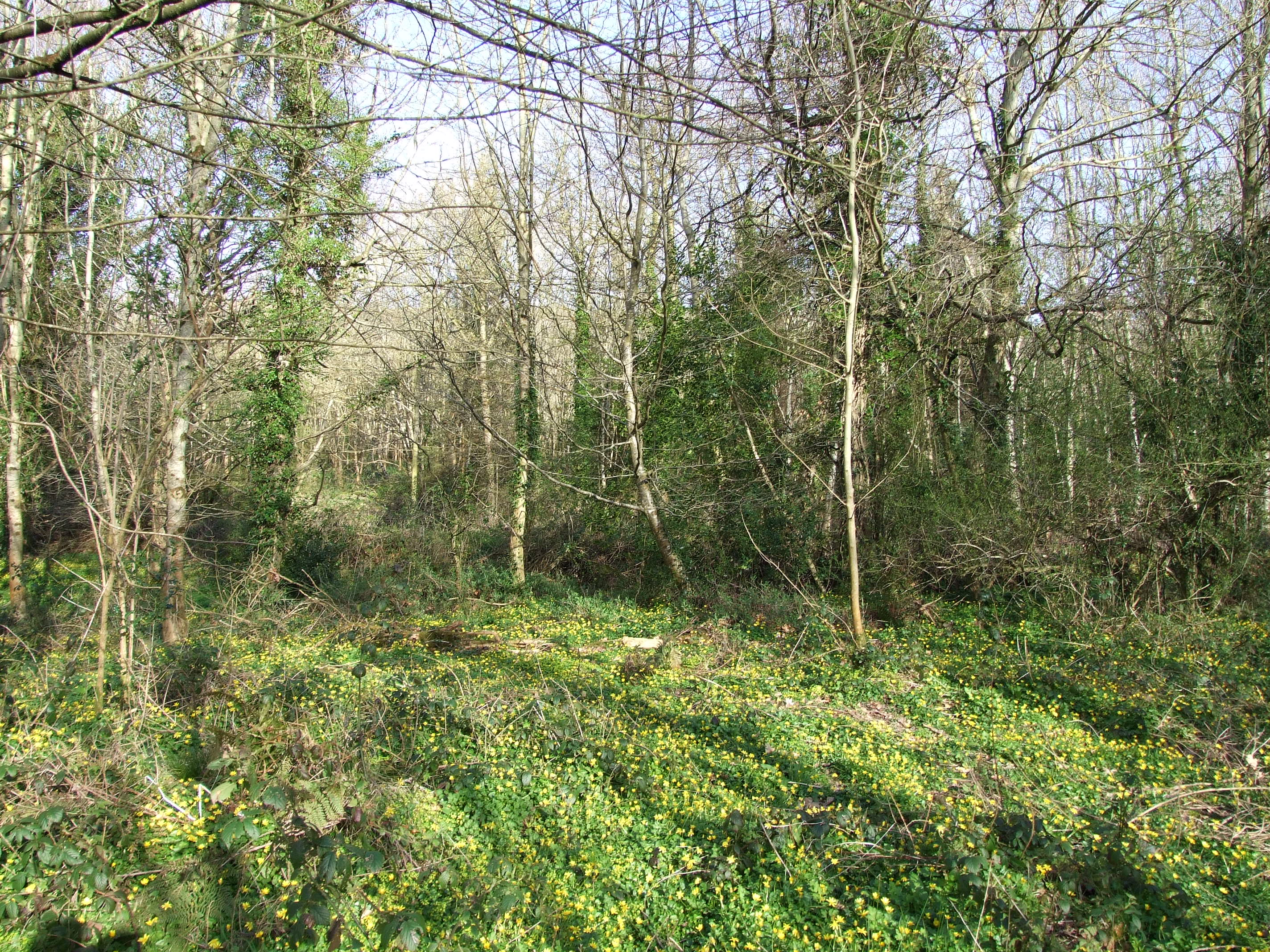
|
| 2. Six-year-old ash plantation. | 4. Semi-mature ash stand at 35 years. |
|
|
|
| 3. Above the canopy of the 12-year-old ash site. |
C. Sitka spruce on peat soil
A set of three sites located in Cloosh forest Co Galway make up the third CARBiFOR series. Peat soils afforested with Sitka spruce will provide a direct comparison with Chronosequence A. Measurements will cover the calendar year of 2011, with the mobile mast roving between sites. Inventory measurements will record biomass increment for the year, which will be compared to the surface exchange of CO2 over the sites across the year.
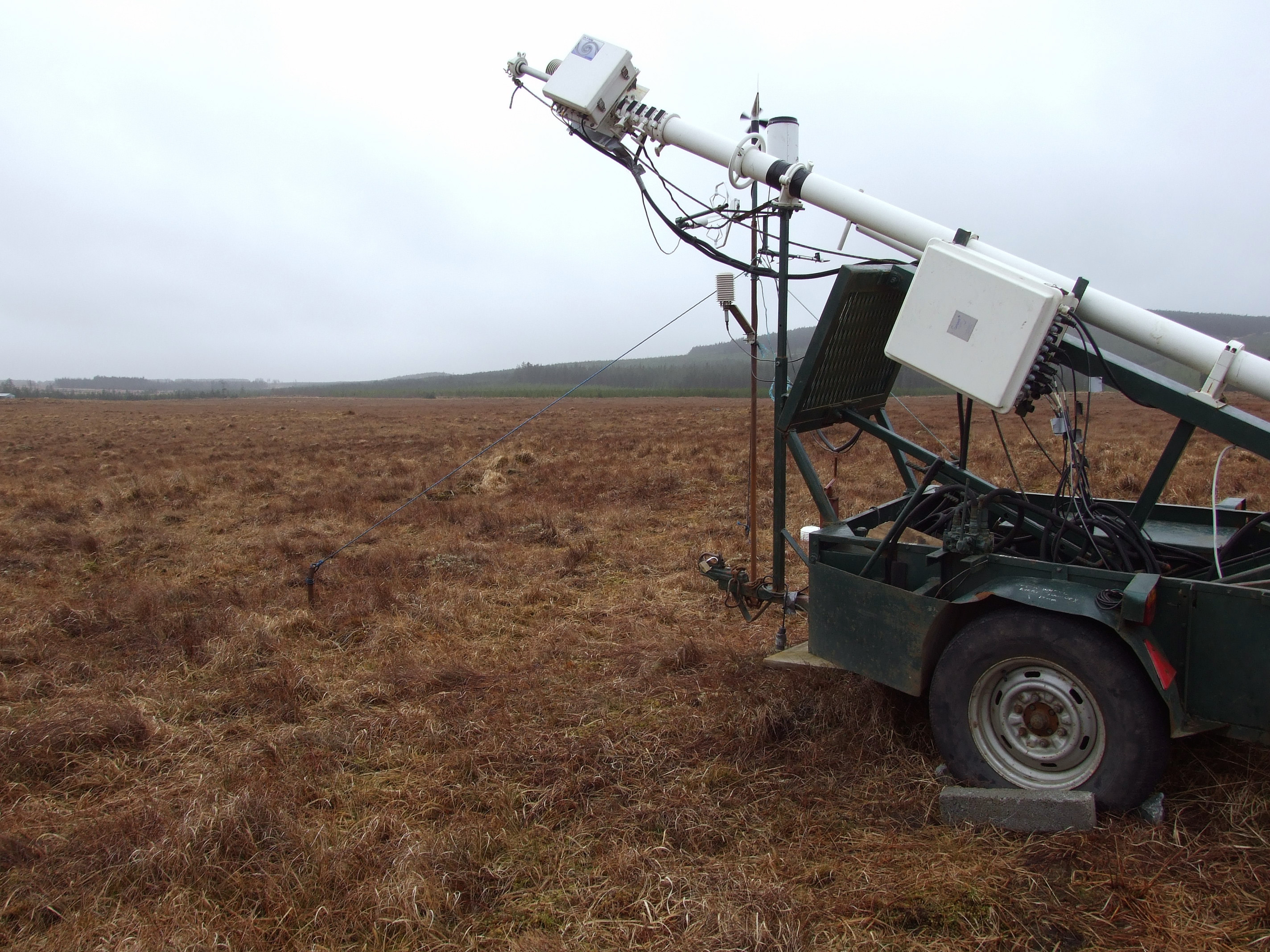
|
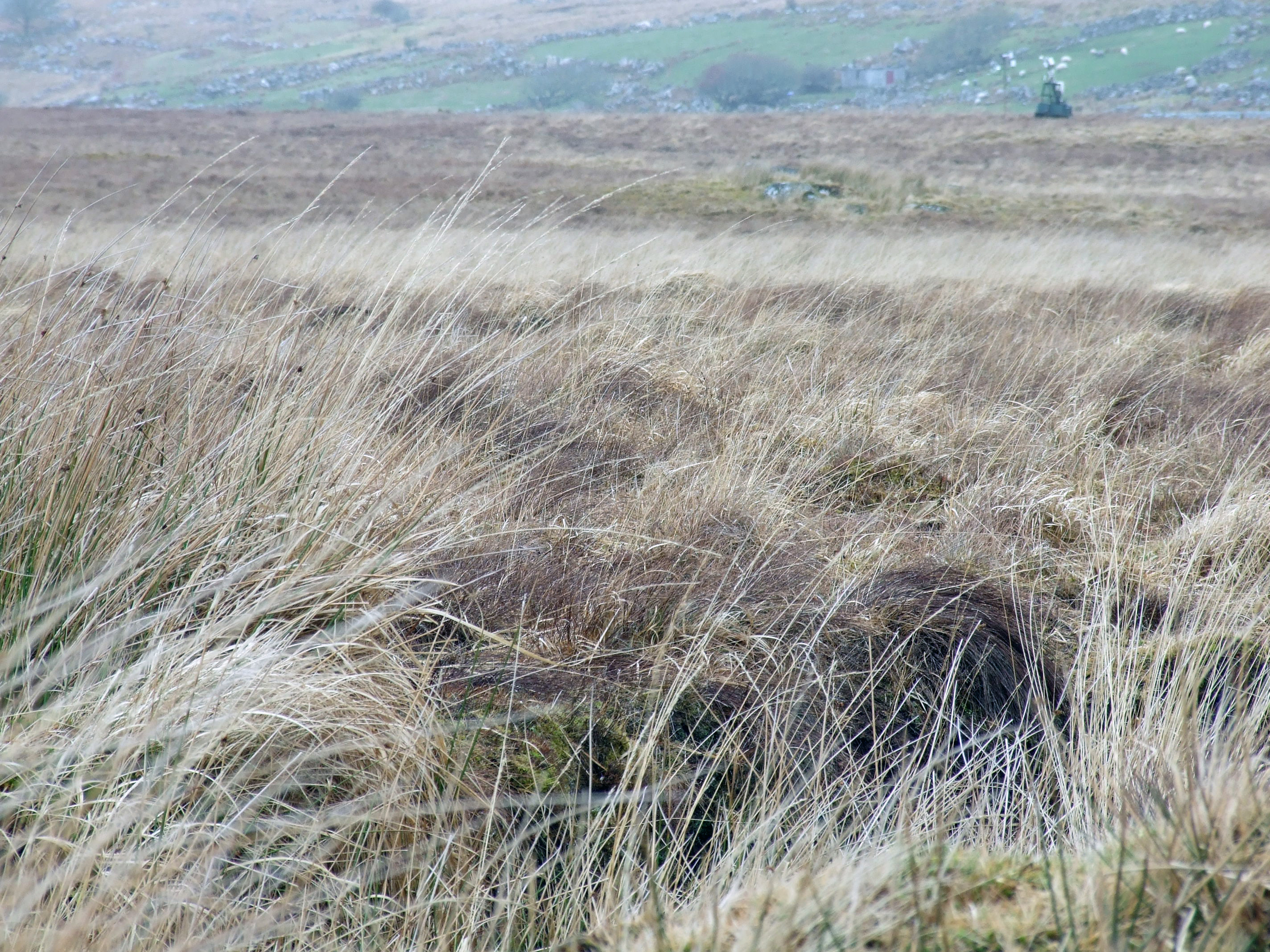
|
| 1. Heathland before afforestation. | |
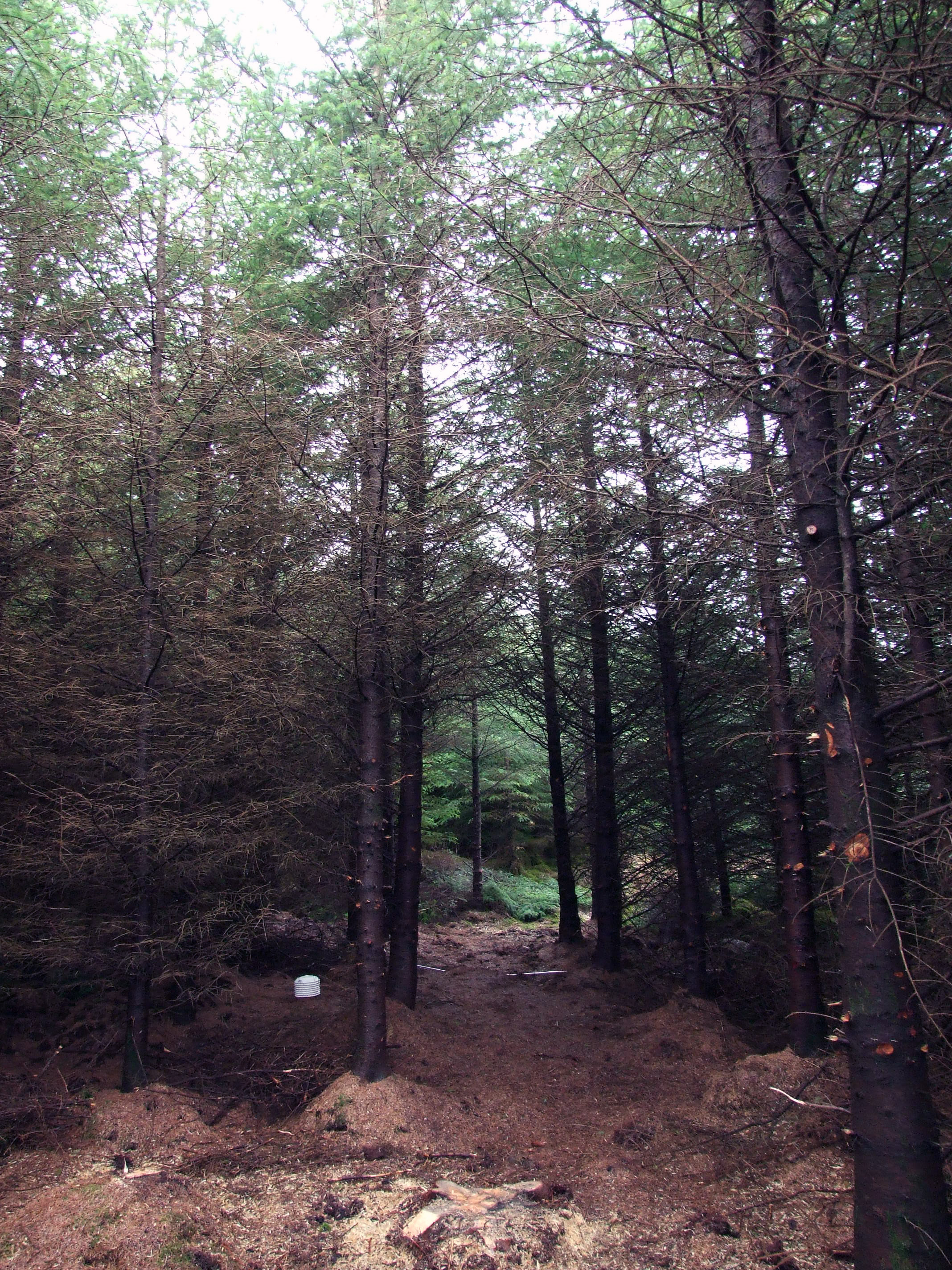
|
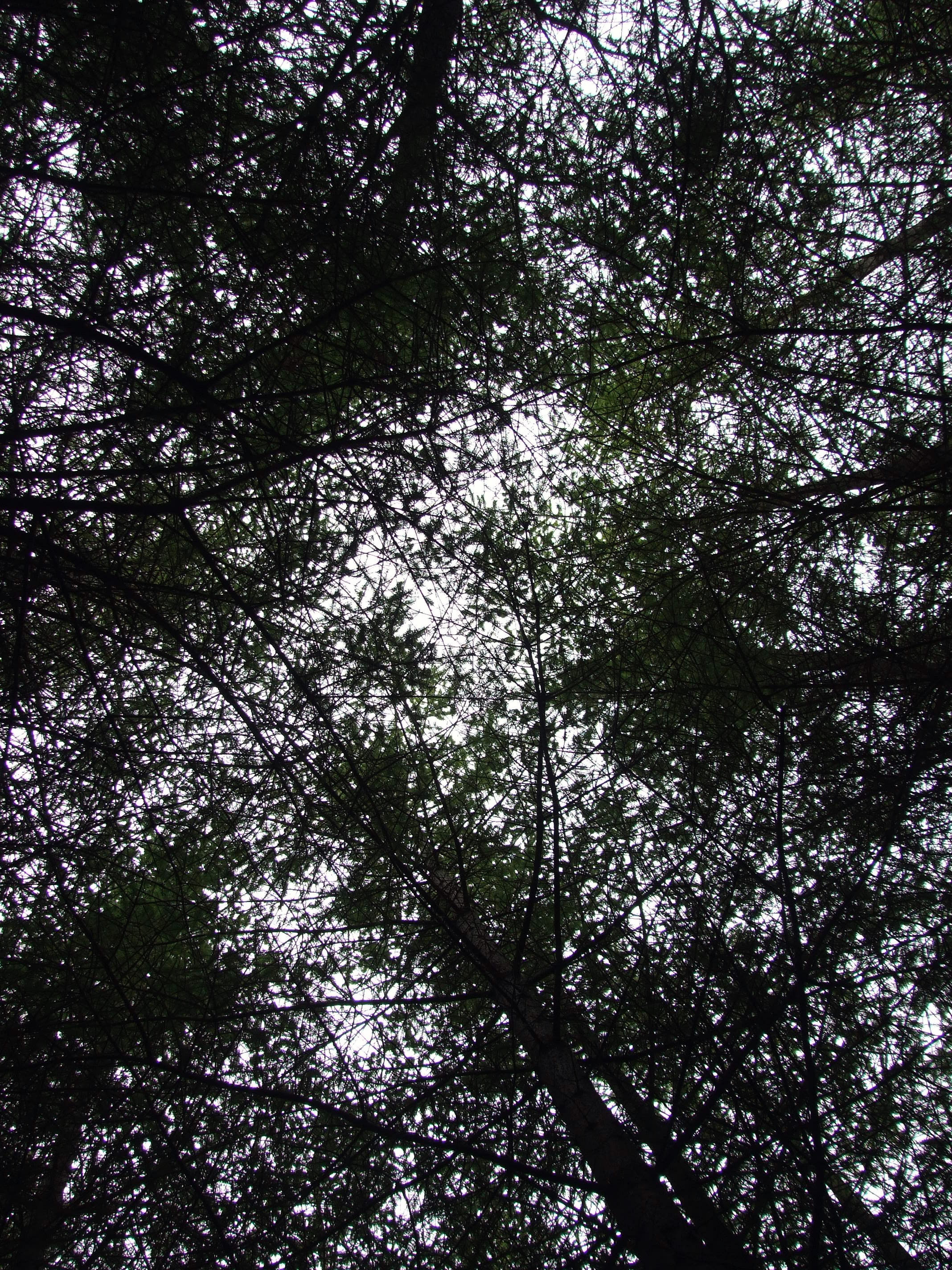
|
| 2. Eighteen-year-old Sitka spruce plantation. | |
|
|
|
| 3. 36-year-old Sitka spruce plantation felled in summer 2011. |
BACK TO TOP
Project News
Project Events
Partners
 University College Dublin
University College Dublin UCD School of Biology & Environmental Science
UCD School of Biology & Environmental Science UCD School of Ag. Food Sci.& Vet. Med.
UCD School of Ag. Food Sci.& Vet. Med. Coford
Coford Coillte
Coillte UK Forestry Commission -Forest Research
UK Forestry Commission -Forest Research LGS
LGS